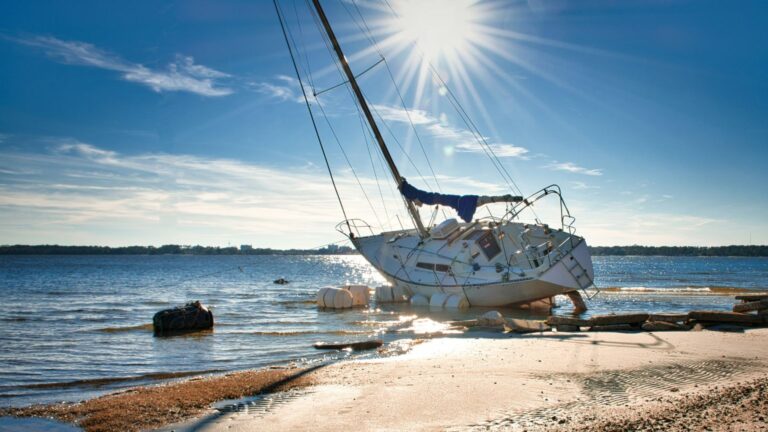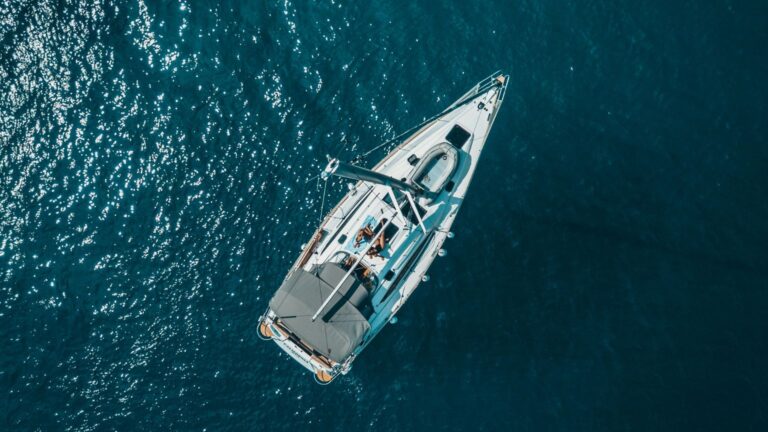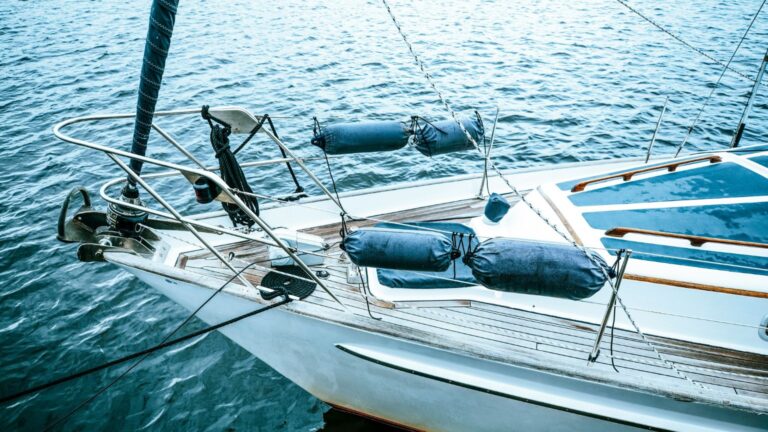Sailing conjures images of freedom, adventure, and escape from the daily grind. However, behind the picturesque horizons lies a less romantic reality: owning a sailboat can entail significant financial risks. While the initial purchase may seem manageable, the ongoing and sometimes unpredictable costs of ownership often surprise even experienced sailors.
This article explores the key financial risks associated with sailboat ownership, from acquisition costs to maintenance, insurance, depreciation, and the hidden expenses that can destabilize your budget.
The True Cost of Purchasing a Sailboat
Buying a sailboat may seem like a straightforward investment, but the actual costs often extend far beyond the sticker price. Understanding the full scope of purchasing expenses is crucial for avoiding early financial surprises.
Initial Purchase Price
Sailboats vary widely in price, depending on size, age, brand, and equipment. A small used 25-foot sailboat might be purchased for $10,000, while a new 40-foot cruiser can easily exceed $300,000. Buyers often underestimate the total cost, forgetting to account for sales tax, surveyor fees, registration, and initial upgrades.
Financing and Interest Rates
Many buyers choose to finance their boats. Marine loans typically carry higher interest rates than auto loans, and shorter repayment terms. As a result, monthly payments can be steep, especially when added to regular maintenance and dockage fees. In addition, depreciation can lead to an underwater loan if the boat loses value faster than the loan balance declines.
Maintenance and Upkeep
Regular maintenance is one of the most significant and ongoing financial responsibilities of sailboat ownership. Even the most durable vessels require constant care to remain seaworthy and safe.
Routine Maintenance
Owning a sailboat is a long-term commitment to continuous maintenance. Regular tasks include hull cleaning, bottom painting, rig inspections, engine servicing, sail repairs, and replacing corroded hardware. These expenses quickly add up — even a modest sailboat can demand several thousand dollars annually in upkeep.
Unexpected Repairs
Marine environments are harsh, and breakdowns are inevitable. A failed diesel engine, corroded through-hull fittings, or damaged rigging can cost thousands of dollars to fix. Budgeting for the unexpected is critical. Many owners advise setting aside 10% of the boat’s value each year for maintenance and unforeseen repairs.
Docking, Storage, and Transportation
Beyond the cost of the boat itself, owners must consider where and how they will keep their vessel when it’s not in use. These logistical aspects bring a variety of additional and often underappreciated expenses.
Marina Fees
If you keep your boat in a marina, you’ll pay monthly or yearly fees that vary significantly by location. In popular sailing destinations, marina space is both scarce and expensive. Annual slip fees can range from $1,000 to over $15,000 depending on the boat’s size and the location.
Haul-Outs and Winter Storage
In colder climates, boats must be hauled out, winterized, and stored on land during the off-season. This process involves hauling fees, pressure washing, shrink-wrapping, and storage rental. For a mid-size sailboat, this can total $2,000 to $5,000 per year.
Transportation Costs
Moving a sailboat overland, especially a larger one, requires specialized trailers, permits, and sometimes professional services. These costs are rarely anticipated by first-time owners but can become a factor when relocating or selling the vessel.
Insurance and Liability
Protecting your sailboat from damage, theft, or liability claims is essential, but insurance comes with its own set of complexities and costs. Failing to account for this risk can leave owners financially exposed.
Insurance Premiums
Boat insurance is essential, covering liability, theft, accidents, and sometimes environmental damage. Premiums depend on the boat’s value, location, and how often it is used. For high-value or offshore-capable boats, premiums can be particularly steep.
Limited Coverage and Exclusions
Insurance policies often have strict conditions and exclusions, such as denying coverage during hurricanes unless the vessel is moved to a designated safe zone. Some policies require a hurricane plan or storm hauling to remain valid, adding more indirect costs and administrative effort.
Depreciation and Resale Value
Like most major assets, sailboats lose value over time. Understanding how depreciation works and how it affects resale potential is key to minimizing financial losses when it’s time to sell.
Rapid Depreciation
Sailboats, like cars, lose value over time. New boats depreciate fastest, often dropping 20–30% in the first two years. Even well-maintained boats may struggle to retain value, especially if design trends or technologies shift. This depreciation affects resale potential and total return on investment.
Difficulty Reselling
Unlike real estate or automobiles, the market for used sailboats can be narrow and unpredictable. It may take months or even years to sell a boat at a fair price. In some cases, owners are forced to accept significant losses or continue absorbing storage and maintenance costs long after they’ve stopped using the boat.
Hidden and Soft Costs
Not all expenses are easy to quantify. Some of the most impactful costs of boat ownership come in less obvious forms — time, lost opportunities, and gradual add-ons that quietly drain your budget.
Time and Opportunity Costs
Maintaining and sailing your boat takes time — time that might otherwise be spent on income-generating activities, family, or travel. Every weekend spent sanding teak or repairing electronics is a weekend not spent enjoying other leisure or professional pursuits.
Education and Licensing
New boat owners may need sailing lessons, navigation courses, and safety certifications. While worthwhile, these come with their own costs, both financial and time-based. These soft costs are rarely considered in the initial enthusiasm of boat shopping.
Equipment and Accessories
Beyond the basics, most sailboats require additional outfitting. Electronics, safety gear, dinghies, anchors, galley upgrades, solar panels — these add up fast. Owners may spend thousands outfitting their boats for cruising, racing, or liveaboard life.
Risk Management Strategies
While sailboat ownership involves many financial risks, they can be effectively managed with thoughtful planning. There are ways to mitigate the costs and make the experience more financially sustainable.
While the financial risks of sailboat ownership are real, they can be managed with careful planning and budgeting:
- Buy a used boat in good condition after a professional survey.
- Create a detailed annual budget including maintenance, storage, insurance, and discretionary upgrades.
- Join a yacht club or sailing cooperative to reduce costs.
- Consider chartering before buying to understand actual usage and lifestyle fit.
- Invest in training to handle maintenance and minor repairs yourself.
Owning a sailboat can be an incredibly rewarding experience — but it’s not without financial risk. Prospective owners should go into the process with eyes wide open, equipped with realistic expectations and a solid financial plan. By understanding and preparing for the true cost of ownership, it’s possible to enjoy the freedom of the seas without sinking your finances.




